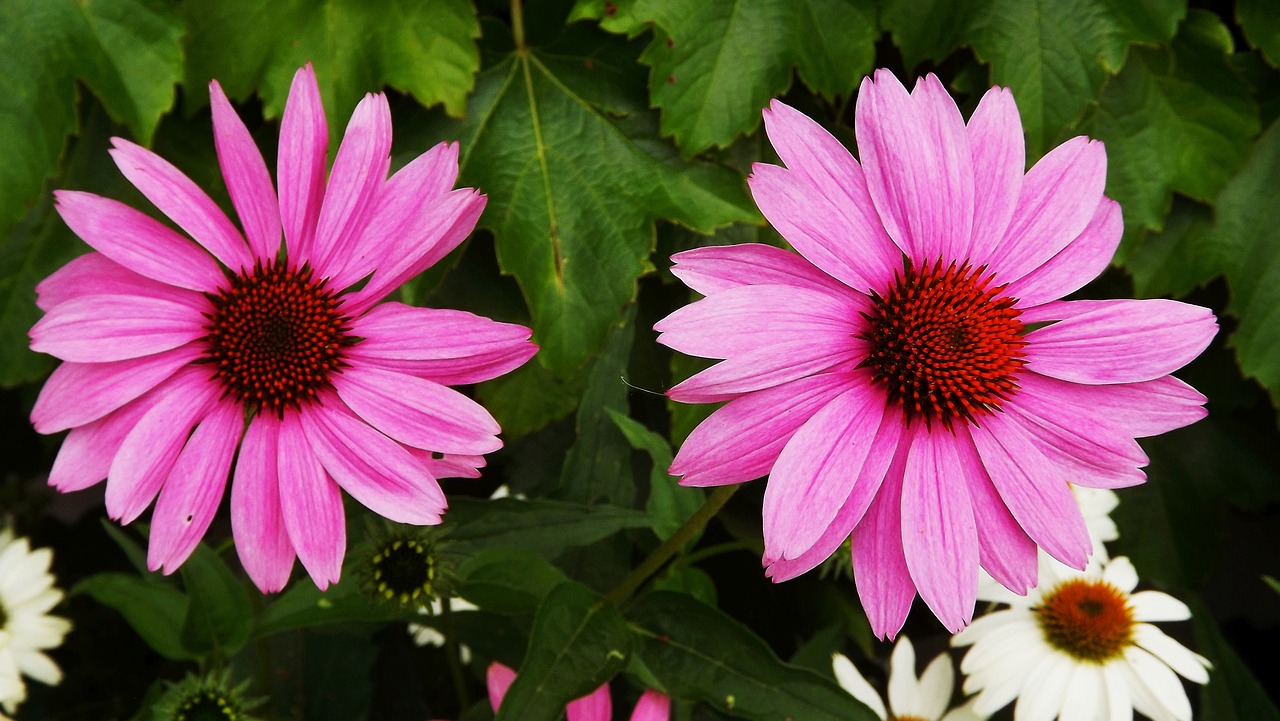
The butterfly bush, with its vibrant flower clusters and intoxicating fragrance, is a magnet for winged beauties. But why settle for a solo performance when you can create a dazzling butterfly ballet in your garden? By planting strategic companions, you can extend the bloom season, add visual intrigue, and cater to a wider range of pollinators, transforming your space into a haven for fluttering friends.
Blooming Buddies: Partnering for Peak Performance
Extending the Butterfly Extravaganza
Butterfly bushes are renowned for their long bloom time, but wouldn’t it be lovely to have a continuous butterfly party throughout the season? Here’s where companion planting comes in.
Early risers

Greet the spring with a chorus of color. Siberian irises with their sword-like foliage and delicate blooms erupt in early summer, preceding the butterfly bush’s grand entrance.

Alliums, with their whimsical purple spheres, add a touch of whimsy and attract early-buzzing pollinators.
Midsummer Medley

As the butterfly bush reaches its peak, surround it with a supporting cast of dazzling performers. Echinaceas, with their spiky cones and daisy-like flowers, come in a range of vibrant hues, creating a delightful counterpoint to the butterfly bush’s rich purples and pinks.

Bee balm, with its fragrant, minty foliage and colorful blooms, attracts not only butterflies but also their buzzing bee counterparts.
Late-Blooming Beauties

Don’t let the party end when the butterfly bush starts to fade. Asters, with their starry flowers in shades of blue, purple, and white, keep the show going in fall.

Goldenrods, with their tall, plume-like flowers, provide a late-season feast for butterflies and a stunning backdrop for your garden.
Color Coordination: A Feast for the Eyes
The butterfly bush’s flamboyant blooms deserve a supporting cast that complements, not competes. Consider the following color palettes when choosing companions:
- Harmonic Hues: For a cohesive look, pair your butterfly bush with plants that echo its color tones. Lavender, with its calming purple flowers, creates a serene and elegant combination. Salvias, with their vibrant spikes in shades of pink, purple, and red, add a touch of playful contrast.
- Complementary Contrast: Play with color theory to create a more dynamic display. Orange butterfly bushes pair beautifully with blue blooms like catmint or blue vervain, creating a vibrant and eye-catching contrast. Yellow butterfly bushes find a perfect partner in purple coneflowers, highlighting both plants’ unique beauty.
Beyond Blooms: Catering to a Diverse Cast
Butterflies aren’t the only guests at the party! By incorporating a variety of plants, you can create a haven for a whole spectrum of pollinators.
- Caterpillars’ Culinary Delights: While butterflies flit from flower to flower, their hungry offspring need a place to nosh. Planting milkweed varieties like common milkweed provides a critical food source for monarch caterpillars. Consider including other host plants for different butterfly species, like rue for swallowtails or hollyhocks for fritillaries.
- Aromatic Allure: Scents play a significant role in attracting pollinators. Fragrant herbs like lavender, thyme, and rosemary not only add a touch of culinary delight to your garden but also entice butterflies and bees with their irresistible aromas.
- Groundcover Greenery: Low-growing plants like creeping phlox or sedum not only fill in gaps between taller plants but also provide vital cover for ground-dwelling insects like beetles and spiders, which are part of a healthy ecosystem.
Planting Powerhouse: Creating a Butterfly Paradise
Now that you’ve chosen your dream team of companion plants, it’s time to create a haven for fluttering friends. Here are some planting tips:
- Know Your Butterfly Bush: Research the specific variety you have. Butterfly bushes come in various sizes, so ensure your companions have enough space to thrive without being crowded.
- Sun Seekers: Butterfly bushes and most of their companions are sun worshippers. Choose a location that receives at least 6-8 hours of direct sunlight per day.
- Soil Savvy: Well-drained soil is key for most butterfly bush companions. Amending your soil with compost will provide essential nutrients for healthy plant growth.
- Staggering Stars: Plant taller companions in the background, followed by mid-height plants, and then fill in the foreground with lower-growing varieties. This layering creates a visually appealing and pollinator-friendly garden.
Conclusion: A Symphony of Nature’s Beauty
Strategically planting companion plants, you can transform your garden from a solo butterfly performance into a vibrant, multi-season spectacle. With a diverse cast of blooms, enticing scents, and a haven for all pollinators
